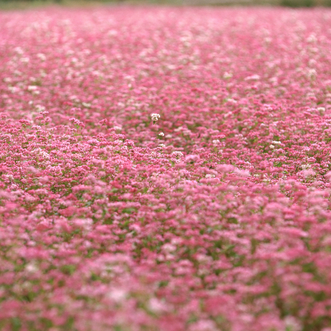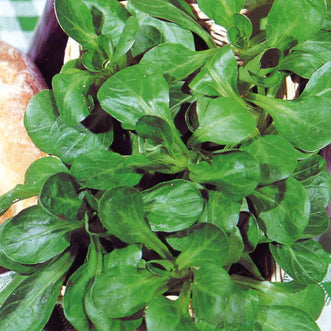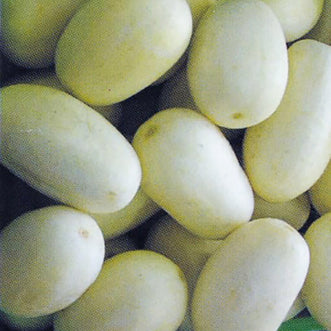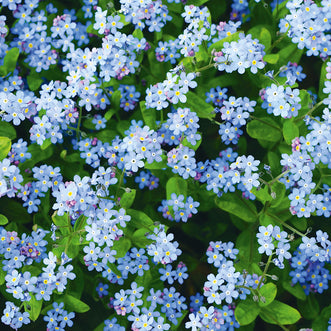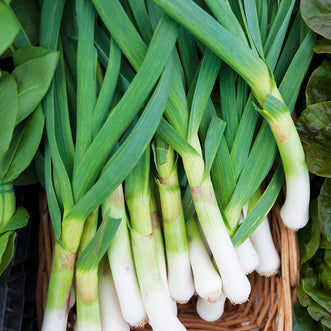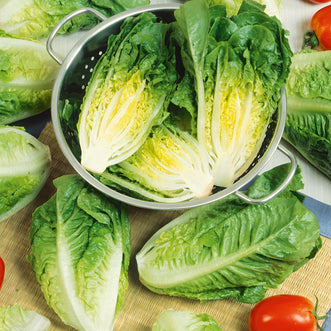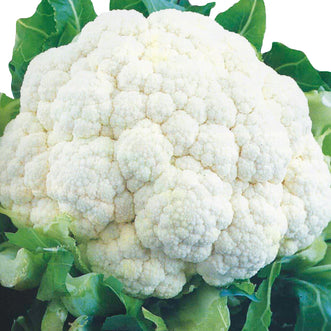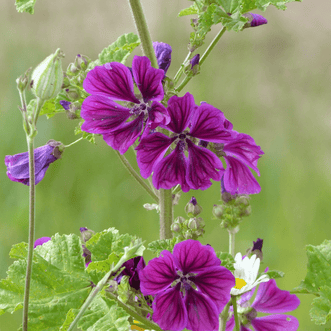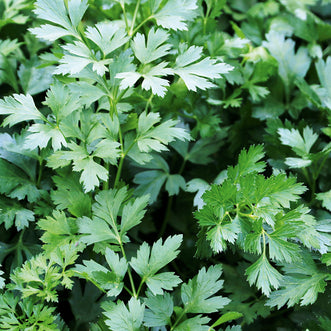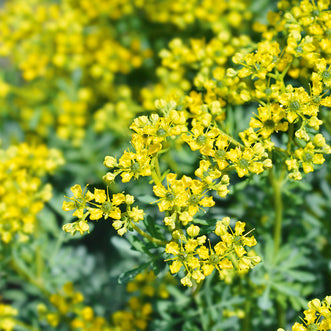Growing Amazing Marigolds

When I hear the word Marigold, I immediately think of companion planting. I have planted them with that in mind, but never really understood how it works, and on further investigation, I have discovered the medicinal, cooking and just pure display value of these flowers. So I wish to share.......
History
The earliest use has been recorded by the Aztec people back in the 1500's where the marigold was considered magical and used for religious and medicinal reasons. It was then thought that the seed was taken into Spain and from there, the range expanded by the French and Africans.
The botanical names reflect this to some degree as the Marigolds are known as:
- Tagetes patula (an annual that has French origins) - tends to be the single petal variety
- Tagetes erecta (an annual that has African origins) - tends to be the double petal variety and has the larger flower heads.
In our range we also have:
- Tagetes tenuifolia - Marigold Starfire mixed which is edible and used for garnishing
- Tagetes lucida - Mexican Mint which is a substitute for Tarragon in the Herb section
- Tagetes lemonii - Marigold Mexican in the flower section.
Today, the marigold is significant in South Asian culture where it is sold in markets for everyday use as garlands for daily worship and rituals. They are widely cultivated in India and Thailand, particularly the species in our catalogue, and used in copious amounts for rituals and celebrations from weddings to funerals.
Varieties
We have a great selection of Marigolds for you to choose from with nine in the flower section and one in the herb section. The single varieties are traditionally used as kitchen and medicinal herbs and the double head varieties used in your flower beds for decorative purposes. However, they can all be used for companion planting which is discussed further on.
Three different marigolds within our range are worth a mention.
This is used as a substitute for French Tarragon due to its aniseed/licorice flavour and the dried flowers and leaves can be used to make a delicious tea. Use as a herb when baking fish in foil to give a lovely flavour. Medicinally it is used as a stimulant, diuretic and to aid digestion.
A sprawling evergreen shrub with small yellow flowers. Being a shrub it isn't really suitable to plant amongst your tomatoes or potatoes. It gives off a strong lemon citrus smell when brushed against. It grows to 2m high and likes a sheltered position.
The petals of this range of coloured flowers are edible and look great used as garnishes.
We have added a new Marigold to our catalogue this year called Marigold Sugar & Spice. This is a variety that includes white flowers scattered amongst the bright yellow, gold and orange blooms and is the only one in our range to include the white colour.
Growing information
Most marigolds are annuals, except for the perennial Marigold Mexican. Marigolds are easy to grow and have the ability to grow in almost any soil but richer soils will produce the better flowers, especially in the large head varieties. Sandy, medium and heavy loams are all suitable. They are susceptible to frost, so plant in spring and continue until mid-summer with your plantings. Late sowing will ensure you have autumn blooms.
The plants are very hardy, but do require lots of water during dry weather. Regularly removing spent blooms will help with keeping the plant healthy and encourage more flowers. If you pinch out then side branching will be encouraged.
Companion planting
Using Marigolds as companion plants is highly successful in keeping your garden hearty and healthy by keeping Nematodes under control. Nematodes are bugs in the soil that tend to suck the root systems of your plants. This damage to the root systems can then get infected and display as fungi on your plants, so it is understandable that treating the fungi is not going to get to the source of the problem in your garden. The Marigolds job is to stop the reproduction cycle of the nematodes within the root zone of the marigold by excreting ozone, rebalancing the soil, so this explains why it is a good idea to plant close to and amongst your plants. The odour of the marigold foliage is also effective as an insect repellent, in particular those pesky white fly.
Marigolds are especially good for companion planting with tomatoes, eggplant, chillies and potatoes.
One of my favourite movies lately is 'The Best Exotic Marigold Hotel'. I don't recall seeing a lot of marigolds in the movie but when you consider the atmosphere the young Indian boy was trying to create at his establishment and the fact that this flower is a celebration flower in India, I think the name is very suitable.










